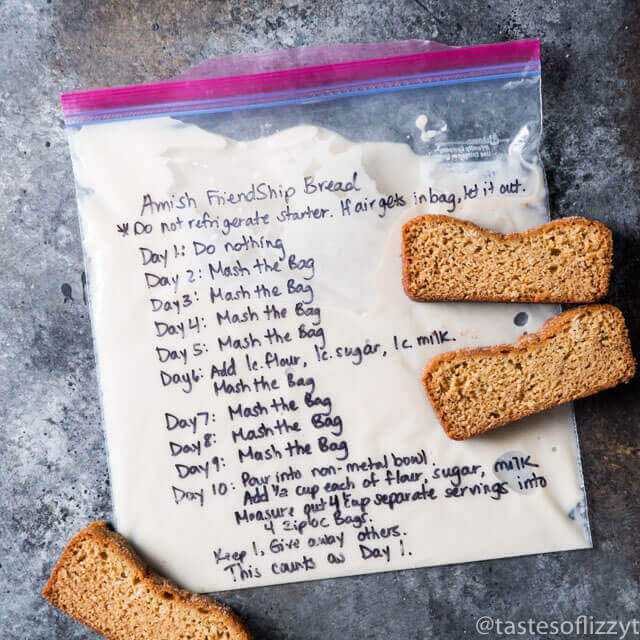Pennsylvania Coal Region Barbecue Recipes and Traditions
The Pennsylvania Coal Region barbecue has origins tied to the coal mining industry of northeastern Pennsylvania. In the 19th century, mining communities used communal outdoor cooking to serve hearty meals. Miners sought affordable ways to feed their families, turning to available resources and inventive cooking methods.
Innovations emerged from necessity as families adapted recipes. Slow-cooking tough cuts of meat over low heat became practical. This technique not only tenderized the meat but also infused it with deep, smoky flavors.
Smoky barbecue played a central role in community gatherings. Picnics, fairs, and festivals often featured this local cuisine, turning mealtimes into social events. Over time, these traditions gained popularity, making Pennsylvania Coal Region barbecue an integral part of the area’s identity.
Cultural Influences
Ethnic diversity in the coal region shaped its barbecue flavor profile. Immigrants from Eastern Europe, Italy, and Ireland brought culinary traditions, contributing unique elements. For instance, Eastern European immigrants introduced smoked sausages and earthy spices to local barbecue recipes.
Italian immigrants added robust flavors with garlic, herbs, and tangy tomato-based sauces. Irish families contributed methods of cooking potatoes and other vegetables alongside the meats, creating complete, well-rounded meals.
Local ingredient availability also influenced barbecue recipes. The region’s proximity to farmlands meant fresh produce was common. Seasonal vegetables and herbs often complemented the smoky ribs, chicken, and sausages, enhancing the overall flavor experience.
This cultural melting pot produced a distinctive barbecue style. Diverse influences, historical methods, and local ingredients blended to create Pennsylvania Coal Region barbecue, a culinary tradition honoring its rich, multicultural roots.
Key Ingredients and Techniques
Coal as a Cooking Medium
Coal plays a significant role in Pennsylvania Coal Region barbecue. Miners used readily available anthracite coal for cooking, enhancing the flavor profile of meats. Anthracite burns hotter and cleaner compared to wood, producing a distinctive smoky flavor. It enables consistent heat throughout the cooking process. Using coal as a cooking medium, you can achieve a tender, juicy texture in meats like pork, beef, and chicken.
Local Meats and Seasonings
Local meats form the core of Pennsylvania Coal Region barbecue. Pork shoulders, beef briskets, and chicken thighs are popular choices. These meats benefit from long, slow cooking over coal, absorbing the smoky essence and becoming incredibly tender. Seasonings reflect the area’s multicultural heritage. Common spices include paprika, garlic, pepper, and marjoram. Smoked sausages feature prominently due to the influence of Eastern European cuisine. Combining these meats and seasonings gives you a unique, flavorful experience.
The synergy between coal, local meats, and robust seasonings defines this regional specialty, creating a barbecue tradition that is both delicious and culturally rich.
Signature Dishes of Coal Region Barbecue
Grill Specialties
Pennsylvania Coal Region barbecue showcases a unique range of grill specialties. Smoked sausages, kielbasa, and pork shoulders stand out. These meats are marinated with robust spices like paprika and garlic, then slow-cooked over anthracite coal, which imparts a distinctive smoky flavor. You’ll also find beef briskets and chicken thighs, which are often seasoned with a mix of marjoram, pepper, and salt. Each bite offers a tender texture and rich, savory taste.
Side Dishes
Side dishes complement the main grill specialties in Coal Region barbecue. Potato cakes, halushki (cabbage and noodles), and pierogies are staples. These sides reflect the Eastern European influence in the region. You might also come across baked beans and coleslaw, adding American barbecue elements. Locally grown potatoes and cabbage ensure fresh and flavorful side options. When combined with the smoky meats, these side dishes create a well-rounded and hearty meal.
Eating Out: Best BBQ Spots in the Coal Region
Popular Establishments
Sabatin’s SmokeHouse, located in Wilkes-Barre, stands out for its succulent pork shoulders and perfectly smoked sausages. Their signature BBQ sauce combines regional spices, ensuring a unique flavor profile. The restaurant offers side dishes such as pierogies and halushki, enhancing the authenticity of the Pennsylvania Coal Region dining experience.
Zook’s BBQ in Hazleton is renowned for its tender beef brisket and flavorful chicken thighs. Using anthracite coal for cooking, Zook’s achieves consistent heat and distinctive smokiness. Complementing their main dishes, Zook’s serves robustly spiced baked beans and creamy coleslaw.
Hidden Gems
Anthony’s Grill in Pottsville is a local treasure featuring melt-in-your-mouth pork ribs and marinated chicken thighs. With a diverse menu infused with regional spices like garlic, paprika, and marjoram, Anthony’s captures the essence of Coal Region barbecue. Their potato cakes are a must-try side dish, adding a comforting touch to the meal.
Pop’s Pit in Shamokin, though lesser-known, offers a range of smoked delicacies, including kielbasa and beef briskets. Here, you can savor slow-cooked meats reflecting the area’s rich culinary heritage. Pop’s also serves traditional Eastern European sides, such as halushki and pierogies, ensuring a complete barbecue experience rooted in local culture.
Recipe Tips for Homemade Coal Region BBQ
Cooking with Coal at Home
Using anthracite coal for home cooking requires specific techniques for consistent temperature control and optimal flavor. Start by preparing a safe outdoor area for your grill, away from flammable materials and structures. Use a chimney starter to ignite the anthracite coal, ensuring it burns evenly and reaches a high, steady heat. Avoid using lighter fluid, as it can affect the taste of your barbecue.
Once the coal is ready, spread it evenly at the bottom of the grill. Place a drip pan filled with water or apple juice beneath the grate. This prevents flare-ups and adds moisture to the cooking environment, keeping the meat tender. Maintain a temperature of 225-275°F for slow-cooking your barbecue. Use a meat thermometer to monitor internal temperatures for perfect results. For instance, cook pork shoulders to 195°F, brisket to 205°F, and chicken to 165°F.
Classic Coal Region Recipes
Pennsylvania Coal Region barbecue is rich with traditional recipes influenced by Eastern European and Italian cuisines. A popular recipe is the Coal Region Pork Shoulder. Rub the meat with a blend of paprika, onion powder, garlic powder, black pepper, and salt. Slow-cook it over anthracite coal for 8-10 hours, basting with a mixture of apple cider vinegar and brown sugar every hour.
Another favorite is Coal Region Beef Brisket. Season the brisket with kosher salt, black pepper, and crushed red pepper flakes. Cook it low and slow over coal for 10-12 hours, using hickory wood chips for added smokiness. Wrap the brisket in butcher paper halfway through cooking to retain moisture.
For a taste of Eastern European influence, prepare Coal Region Chicken Halushki. Marinate chicken thighs in a mixture of garlic, paprika, and olive oil, then grill over coal until crispy. Serve with halushki—sautéed noodles, cabbage, and onions.
These tips and recipes bring the distinctive flavors of Pennsylvania Coal Region barbecue to your home, ensuring an authentic and delicious experience.
Conclusion
Exploring the rich tradition of Pennsylvania Coal Region barbecue offers a glimpse into a unique culinary heritage shaped by diverse immigrant influences. By mastering the use of anthracite coal and embracing traditional recipes, you can recreate the authentic flavors that have made this barbecue style a beloved regional treasure. Whether you’re slow-cooking pork shoulder, beef brisket, or preparing chicken halushki, you’ll be honoring a time-honored practice that brings people together through good food and shared experiences. Dive into the world of Coal Region BBQ and enjoy the hearty, flavorful dishes that have stood the test of time.






